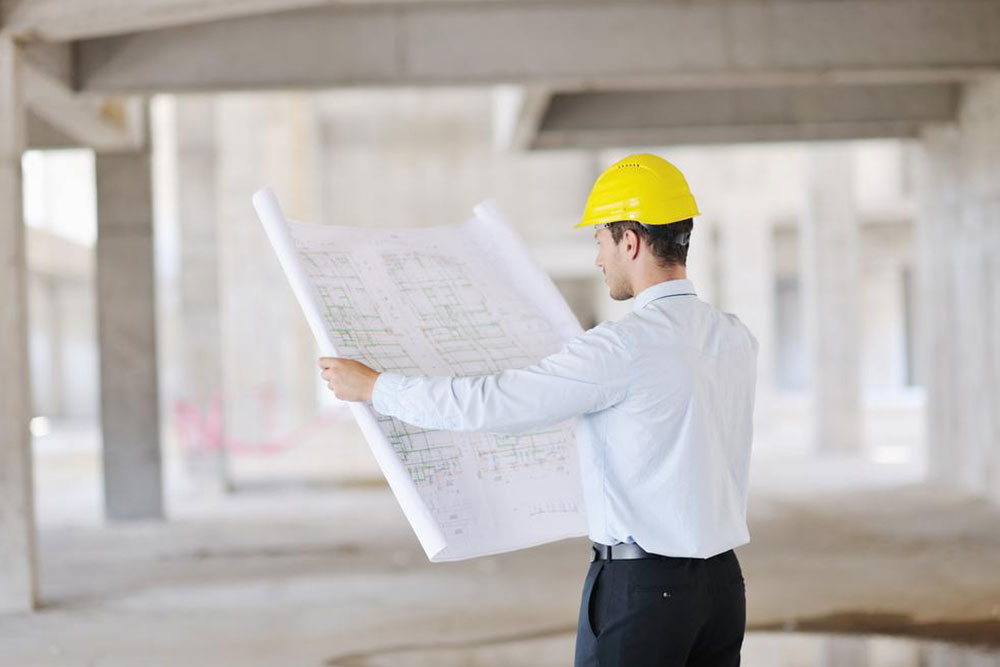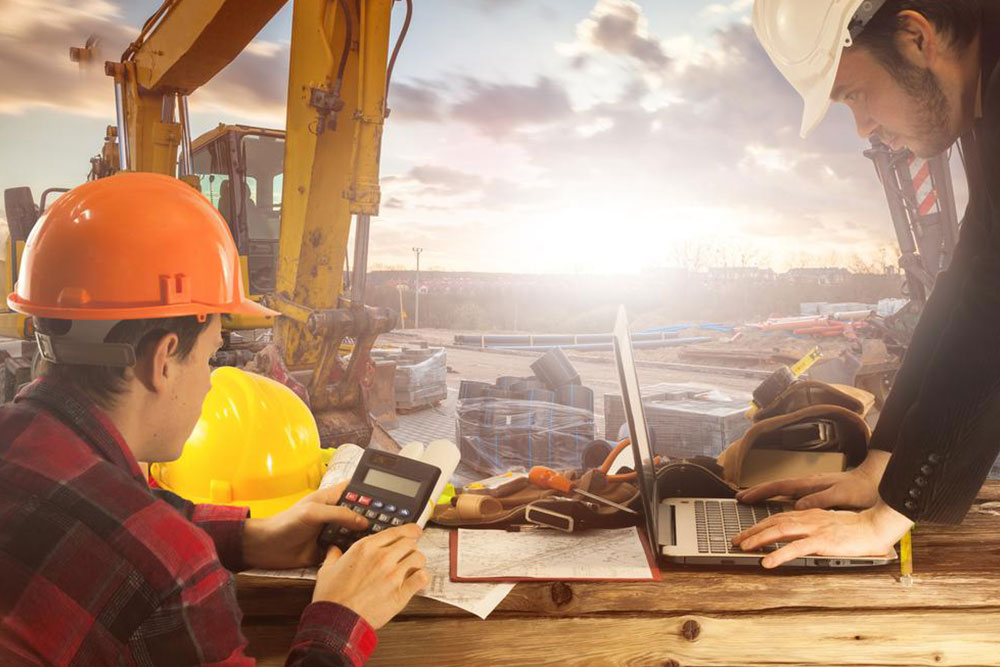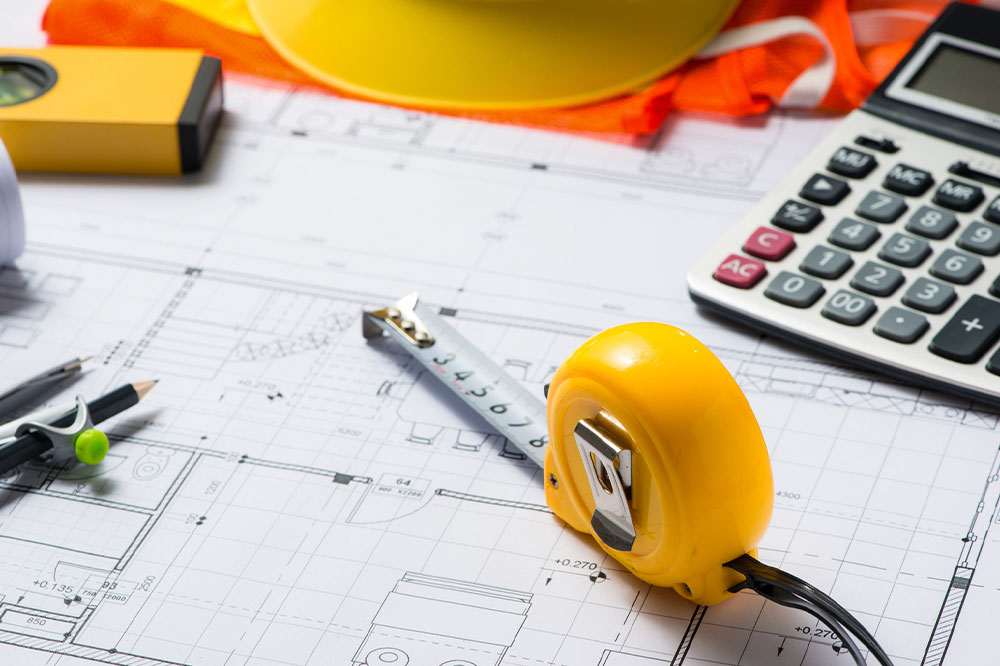Infrastructure Development: Building and Maintaining the Future
Explore the vital relationship between construction and maintenance in sustainable infrastructure development. Learn about modern techniques such as fast-track construction and technological innovations that have transformed the industry. Regular maintenance is crucial for longevity, efficiency, and cost savings. This comprehensive overview highlights how these practices foster societal progress and economic growth, emphasizing the importance of strategic planning and technological advancement in building resilient infrastructure.

Infrastructure Development: Building and Maintaining the Future
Construction plays a vital role in societal progress, encompassing activities that have persisted throughout history. From primitive shelters crafted by hand to modern buildings, construction forms the foundation of development. Equally important is maintenance, which involves inspecting, repairing, and sustaining infrastructure to ensure long-term functionality and efficiency. Once structures are built, ongoing maintenance is essential to preserve their value and performance. The synergy between construction and maintenance drives sustainable growth and infrastructure resilience.
Data from 2015 reveals that nations like India, the US, China, and Japan experienced significant growth in their construction sectors, boosting overall economic output.
Construction and maintenance industries have seen consistent expansion annually. Maintenance, repair, and operations (MRO) cover essential tasks such as fixing plumbing, mechanical, and electrical systems.
Rapid Construction Techniques: The Modern Approach
Rapid construction methods have gained prominence in the 21st century. These strategies aim to complete projects swiftly without compromising quality, often involving working simultaneously on different project phases. The primary goal is to reduce project timelines and meet urgent demands efficiently.
While fast-tracking may introduce certain risks, it has transformed construction practices, positively impacting the maintenance sector through quicker project completion and timely asset management.
These methods meet public needs rapidly and allow manufacturers to bring products to market sooner. Cost efficiency is achieved through careful planning and phased execution, reducing overheads.
Technological progress has revolutionized construction techniques. Innovations such as 3D printing enhance planning accuracy, streamline coordination, and reduce waste. Modern tools increase productivity and project quality, resulting in more sustainable development.
Maintenance remains an unavoidable aspect post-construction. It involves regular inspections, repairs, replacements, and overhauls to prevent deterioration and ensure optimal functionality. A systematic maintenance plan saves costs and extends asset lifespan, making it an indispensable component of infrastructure management.
Note: Our blog provides diverse, practical information across multiple categories. While our research offers valuable insights, it should not be considered definitive. We are not responsible for discrepancies or inaccuracies found elsewhere, and some schemes or offers may not be covered in our content.









